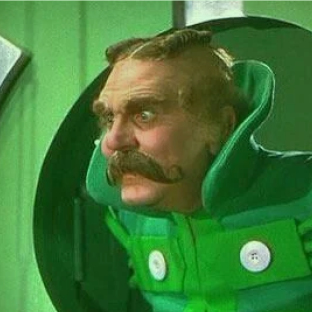Design Thinking is embraced in companies founded by graphic designers (Airbnb and TED) and companies where design is king (Apple) and where design is integral to a service’s success (Uber). How can the principles of Design Thinking improve your life?
Designers are trained to approach communication problems in a process often dubbed “Design Thinking.” This has resulted in companies founded by designers (Airbnb and TED) or companies where design is king (Apple) or where design is integral to a service’s success (Uber). How can we apply these principles to the way we live ourselves? Fast Companyreports that design is evolving “from a largely stylistic endeavor to a field tasked with solving thorny technological and social problems.” What is Design Thinking? Design Thinking is a way of approaching a problem that usually involves these 5 steps:
1. Empathize Discover the real issues that need to be resolved by listening and trying to understand your client’s problem.
2. Define the Problem Reframe the problem and try to envision what a solution would mean.
3. Brainstorm Once you’ve agreed to the core need at hand, begin dreaming of possible solutions.
4. Prototype Build a model, make a layout, create a plan and test ideas and find out what solutions might work.
5. Feedback Test the idea, listen to feedback and see what works and what doesn’t.
Effective communication solutions require a deep understanding of the client problem. We employ this expertise with every design project. As we spend time upfront learning about the client’s situation and in doing our research we become more empathetic. We then define the needs of the project, and present that back to the client for feedback. Are we on target? Did we miss anything? Is our definition of the needs for your project accurate? We use this as the basis for brainstorming. Then we present our prototypes to the client to test whether they reflect the mission of the project. There’s a lot of back and forth as we continue to learn more about the clients and their needs. Tara Parker-Pope writing in the New York Times shared her perspective of how you could use this process in your personal life. Design Thinking is more than just a way of doing business, it can be a way of life. “The design thinking tools speak directly to what it means to be human. They are extremely useful in assisting us to re-frame the issues in our lives and how we go about our daily activities in such a way that we can have more satisfying lives,” says Dr. Bernard Roth, a Stanford engineering professor and author of The Achievement Habit: Stop Wishing, Start Doing, and Take Command of Your Life.





